Supercharge Your Creative Process with Generative AI
Take advantage of powerful brainstorming tools
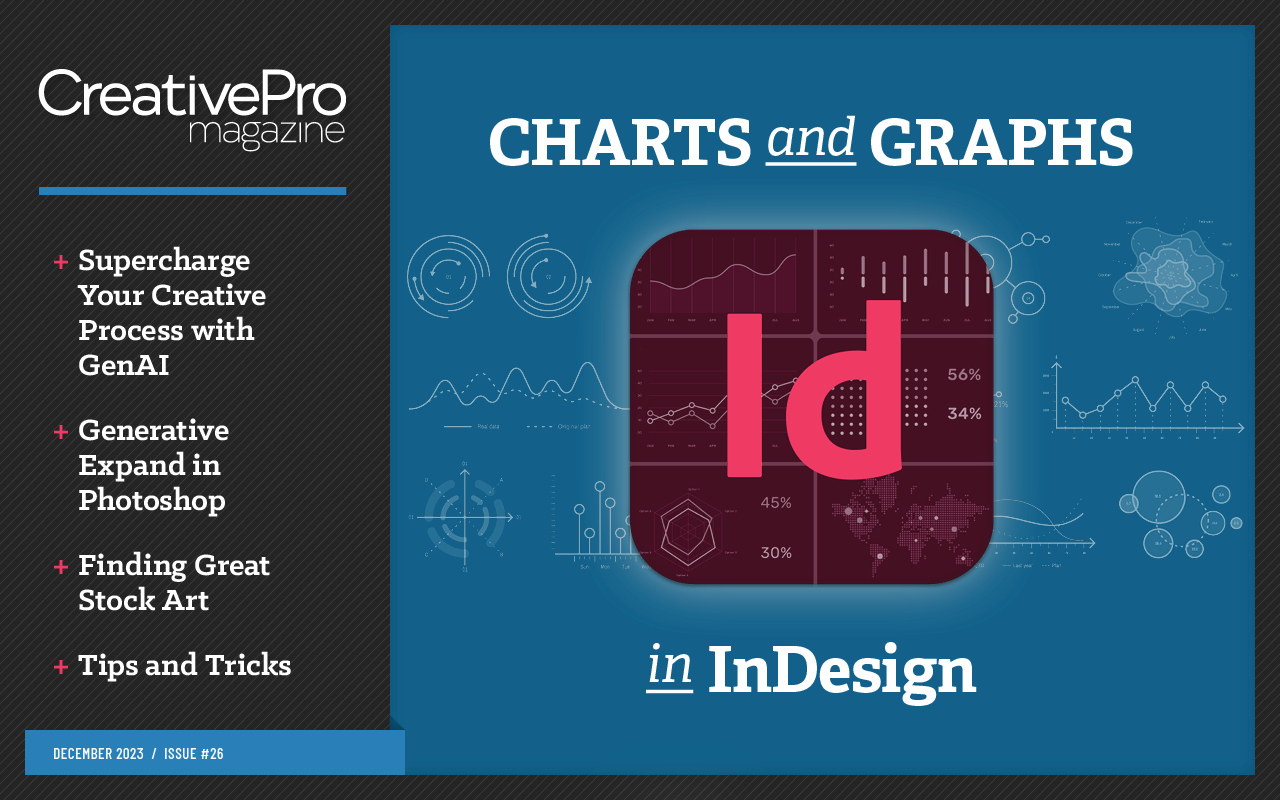
This article appears in Issue 26 of CreativePro Magazine.
Okay, I admit it. Like most creative professionals, I have complex feelings when it comes to the subject of Generative AI. I do, however, see one unambiguously beneficial use case for it, a use with the potential to immediately revolutionize the creative process for anyone involved in the production of visual media. Brainstorming.
As creatives, we all evolve our unique processes for gathering inspiration at the beginning of a project. We all have our favorite places for taking visual reference, color, and style cues. You might spend hours scrolling through Behance or Dribbble, while I wander several pages deep on Google Images or Adobe Stock. This part of the creative process can be great fun. After all, who doesn’t love that dopamine hit of finding the perfect image or color palette?
On the other hand, digging through millions of images on the internet to discover those few inspirational gems can be a daunting adventure, even on our best days—and a frustrating and time-consuming headache on days you struggle to find that perfect reference or idea.
This is where a tool like Adobe Firefly can really speed things up by acting as a visual brainstorming assistant. Let’s take a look at some of the unique benefits of using Generative AI for gathering inspiration, creating mood boards, and generating custom reference images.

It’s easy to get overwhelmed or sidetracked when searching for that perfect piece of inspiration in a sea of images that don’t quite fit.
Saving Time, Budgets, and Sanity
I think we’ve all been in a situation with a client or manager whose philosophy is, “I’ll know what I want when I
see it.” Sometimes these folks struggle to describe exactly what they are looking for from an artist or designer.
This can lead to multiple rounds of sketches or concept art and a lot of back-and-forth communication trying to get everyone on the same page. If you are manually creating these assets or spending a lot of time searching for the perfect sample images, the process can drag on for days (or weeks) and end up stretching budgets, timelines, and patience.
This is where AI can make our lives a lot easier. With Generative AI text-to-image models, you can instantly start creating visual samples by typing in exactly what the brief describes. You can produce an entire mood board, including multiple styles, ideas, and iterations with just a few prompts. If a project suddenly changes direction or you don’t quite nail it on the first try, you can easily deliver another round of concepts and be back on track in no time.
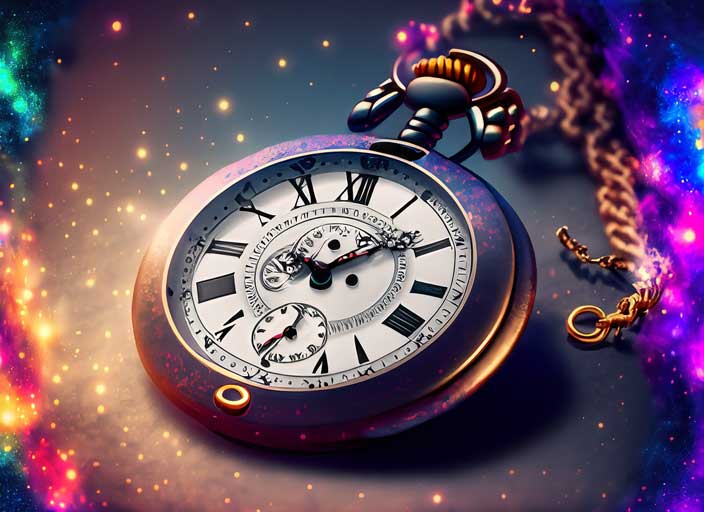
Sometimes, the most time-consuming part of the design process is trying to define a common vision between yourself and a client. Being able to generate rough concepts on the fly can save hours, days, or even weeks!
Happy Accidents: Your Unpredictable Brainstorming Buddy
I’ve always found the process of creative collaboration to be a great source of inspiration—you just never know what great ideas can pop up in the back-and-forth with another artist or designer.
Unfortunately, in practice, we don’t always have access to a whole team of creative brainstorming partners. This can be a big stumbling block, especially for remote freelancers. But now you can use Generative AI as your brainstorming buddy.
When I type a prompt and click that Generate button, I’m always excited to see what the AI tool will come back with. Often, I’ve been pleasantly surprised by an unexpected result that inspired me to head in a slightly different direction. I’ve been impressed on multiple occasions by compositions, concepts, or colors I might never have considered on my own.
In the immortal words of Bob Ross, “We don’t make mistakes—we just have happy accidents.” In my experience, working with Generative AI for inspiration provides the opportunity for many “happy accidents.”
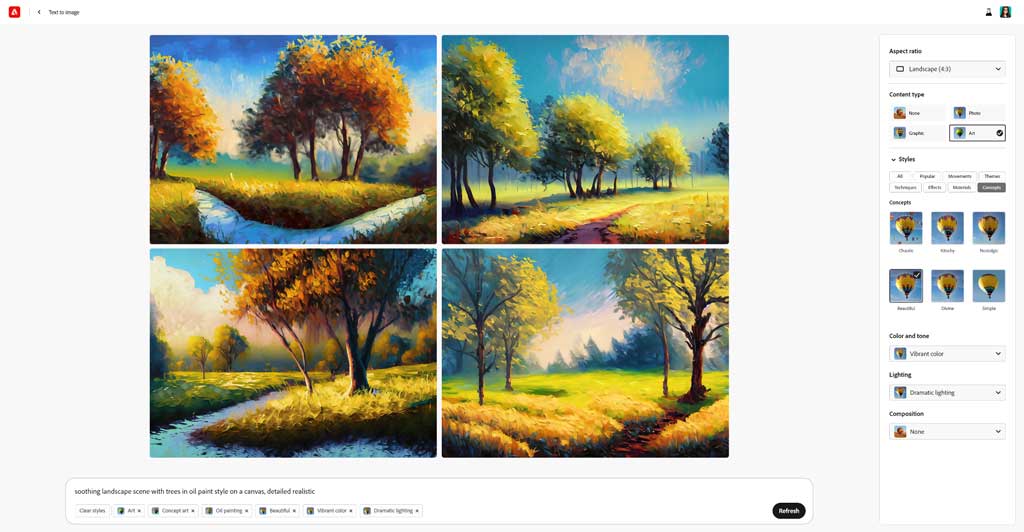
Simple prompts can produce color palettes, compositions, and details you might not have been thinking of originally.
Lowering the Risk of Being “Overly Inspired”
Have you ever put an image on your mood board that just seems to fit so well that you have a hard time picturing how you could improve upon it? Or perhaps you’ve looked through so many great illustrations from the same artist that aspects of their style keep popping up in your head—and your work? These scenarios can lead to results that are too heavily inspired to be usable, either because they’re too rigid or unoriginal.
Fortunately, Generative AI can mitigate the risk of being “overly inspired” by a particular image or artist’s style. By generating your own unique reference images through AI you can reduce your reliance on pre-existing copyrighted materials as inspiration.
It’s a general rule that the larger and more diverse your inspiration set is, the more uniquely creative your final result can be. With generative AI tools, you can create dozens of different styles of reference images very quickly, and effectively expand your inspiration set without adding more time to your process.
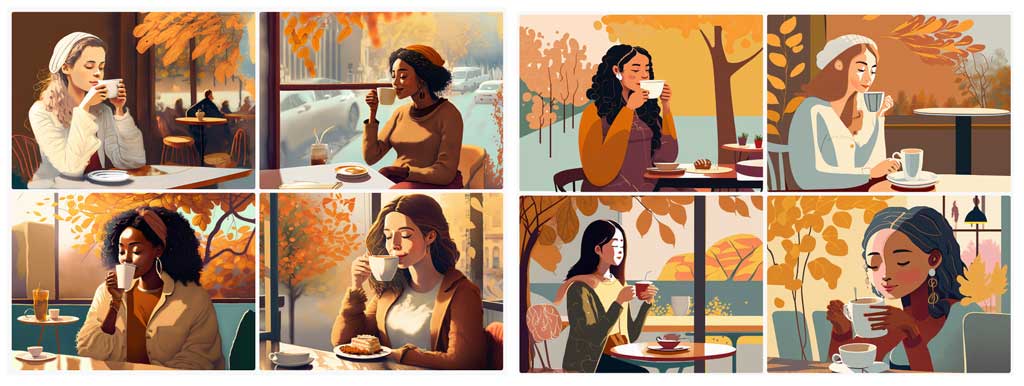
Using the same simple prompt, autumn scene with woman sipping coffee in a cafe, and applying different style settings can give you a large variety of styles for your mood board, allowing you to draw more varied inspiration.
Visualizing Things That Don’t Exist
While it may be a more niche use case, one of the areas where Generative AI images shine the brightest is in helping artists visualize people, places, things, and creatures that don’t actually exist. For example, if you work in an industry that creates animation, video game art, or fantasy literature, you may be assigned the difficult task of visualizing any number of things you won’t be able to find real reference images of. The good news is that with a few creative prompts you can have your new AI assistant show you what it “thinks” a purple papilio-ursus might look like. (I’ve certainly never seen such a creature before.)
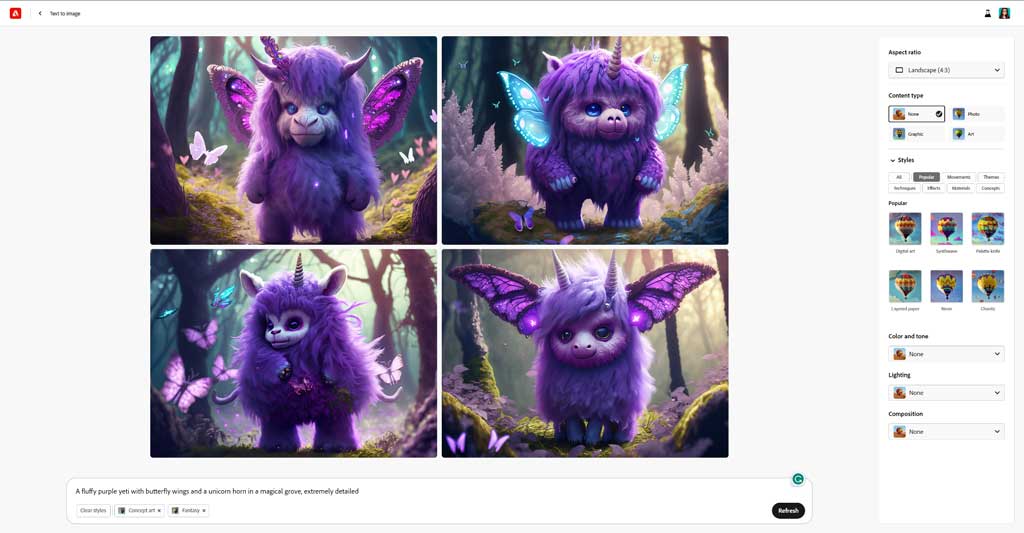
Being able to visualize imaginary creatures or places can be challenging. With AI, you can use simple phrases to create instant visual aids to kick-start your creativity.
You’re in the Driver’s Seat
If you feel that using Generative AI in this way is cheating or that it takes the creativity out of your hands, I challenge you to give it a try. Combine the iterative process of crafting great prompts with the ability to direct the tools to “reimagine” images based on your directions, and you get an intensely creative process that you are in charge of. And in my experience, it can lead to surprisingly great results.
I was able to reframe my thinking about Generative AI by mentally giving myself a promotion: I tried to think more like an art director than a production artist. Consequently, I’ve started to see AI tools as the creative “team” I supervise.
In spite of all the buzz about Generative AI, your personal knowledge, experience, and human creativity are still your most valuable assets. You still need to employ fundamental art and design concepts to evaluate what the AI tools give you, as well as to discern which approaches are worth pursuing and which aren’t. The machine can give you 10 options, but only you can choose the right one. It’s still up to you to decide what’s trash and what’s treasure. Although the reference material may be AI-generated, you will have plenty of opportunities to display your personal style and skills in the final results.
Commenting is easier and faster when you're logged in!
Recommended for you

Vintage Vectors: The Enduring Power of Blends in Illustrator
Take a deep dive into the amazing power of vector blends.

Making Variable Bar Graphs in InDesign with Data Merge
Learn how to make bar graphs in InDesign, using an Excel formula, Data Merge, an...
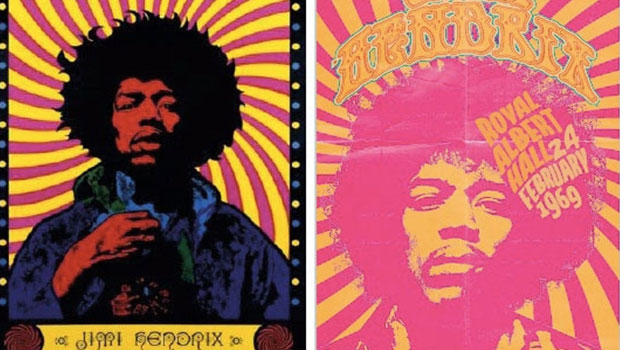
Classic Concert Posters Reimagined
With the tools in your design toolbox, and some inspiration from iconic artists,...




